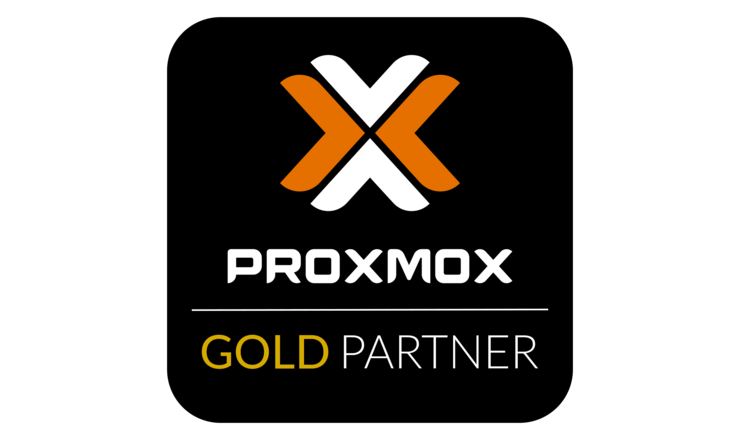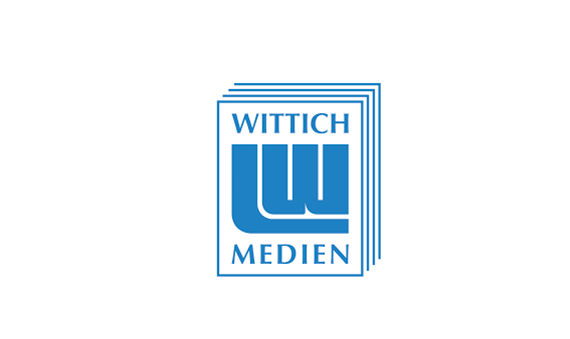Open-E DSS V7 - the alternatives
Open-E DSS V7 is EOL from 31 October 2024. This means that you will no longer be able to purchase licences and support for it. We therefore compare possible successors and alternatives.
Pros and cons
| Open-E JovianDSS | StorMagic SvSAN | DataCore SANsymphony (BZ-Version) |
PetaSAN | |
|---|---|---|---|---|
| Advantages | ||||
| Supports iSCSI, SMB, NFS, FC | Very slim design | Largest feature set | Very favourable to free, as only optional support licences |
|
| LDAP and Windows AD connection possible | Requires very few resources | Auto-Tiering | LDAP and Windows AD connection possible | |
| Caching options | Gets its "own" hypervisor | Caching options | ||
| Disadvantages | ||||
| High HDD requirements for special configurations |
iSCSI only | Higher financial outlay in comparison | No Auto-Tiering | |
| Only possible as HCI | iSCSI and FC only | No software RAID for OS installation | ||
| Usable limited to 50 TB | Higher hardware requirements with Ceph | |||


